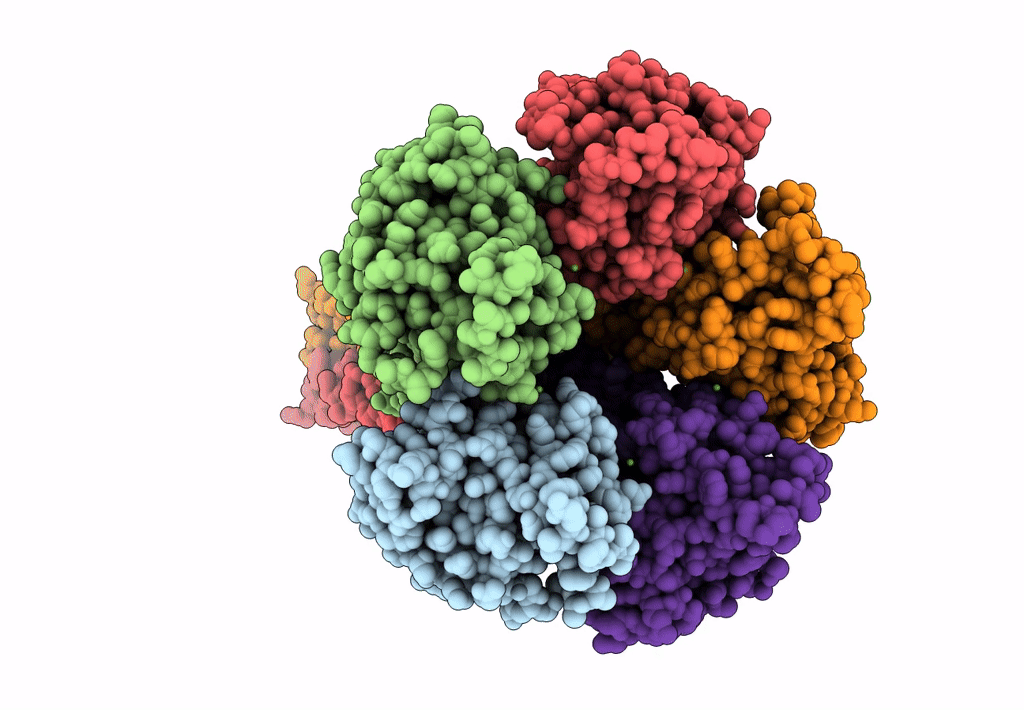
Deposition Date
2023-08-16
Release Date
2023-09-13
Last Version Date
2024-05-01
Entry Detail
PDB ID:
8TUL
Keywords:
Title:
Cryo-EM structure of the human MRS2 magnesium channel under Mg2+ condition
Biological Source:
Source Organism:
Homo sapiens (Taxon ID: 9606)
Host Organism:
Method Details:
Experimental Method:
Resolution:
2.80 Å
Aggregation State:
PARTICLE
Reconstruction Method:
SINGLE PARTICLE


